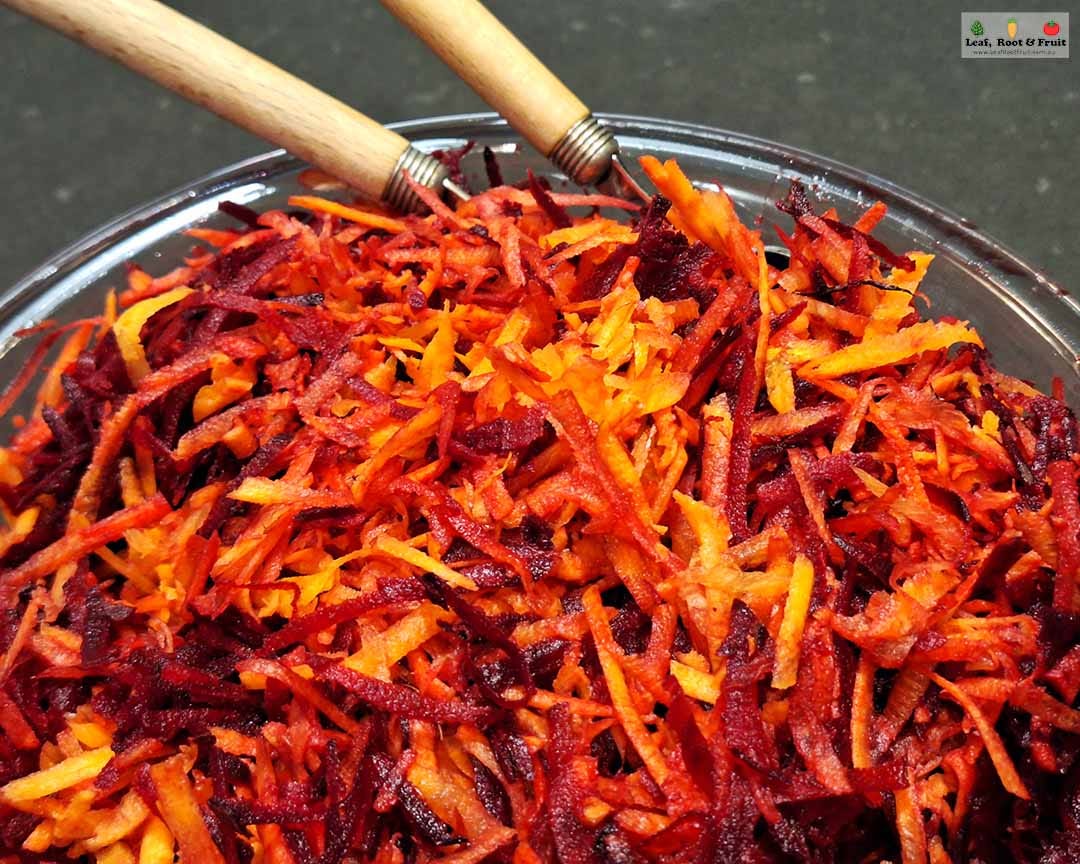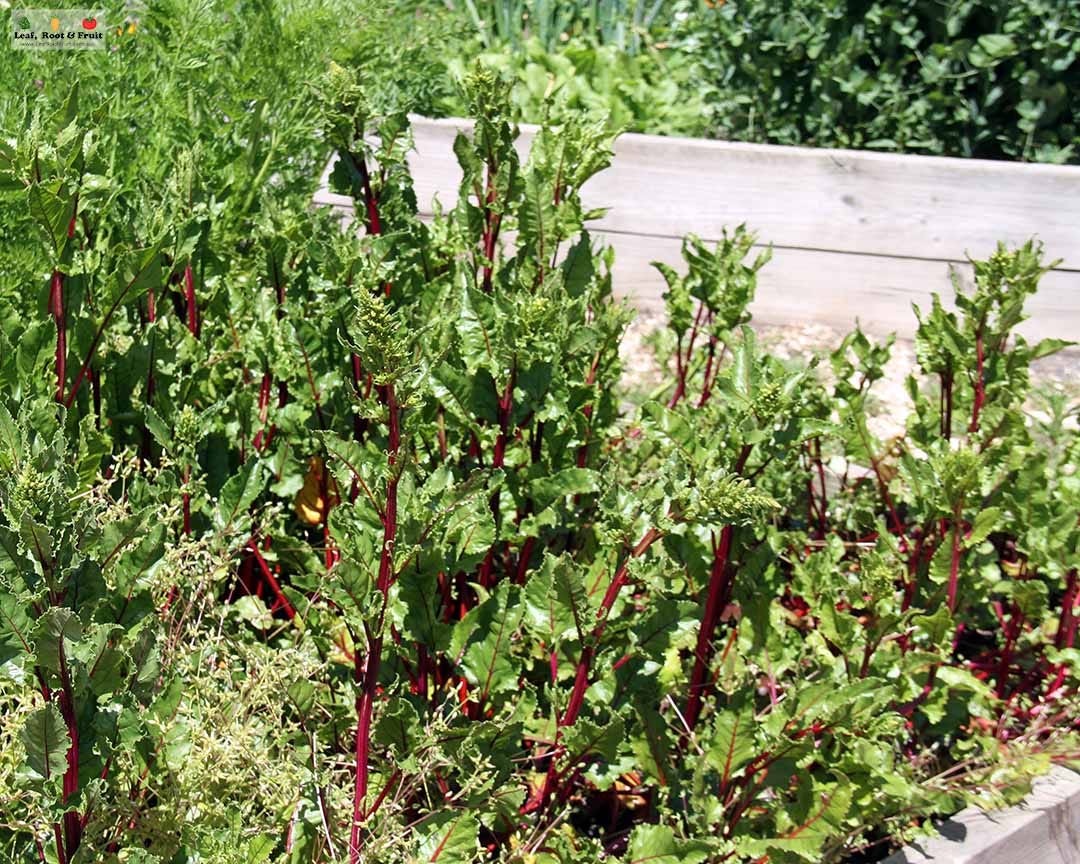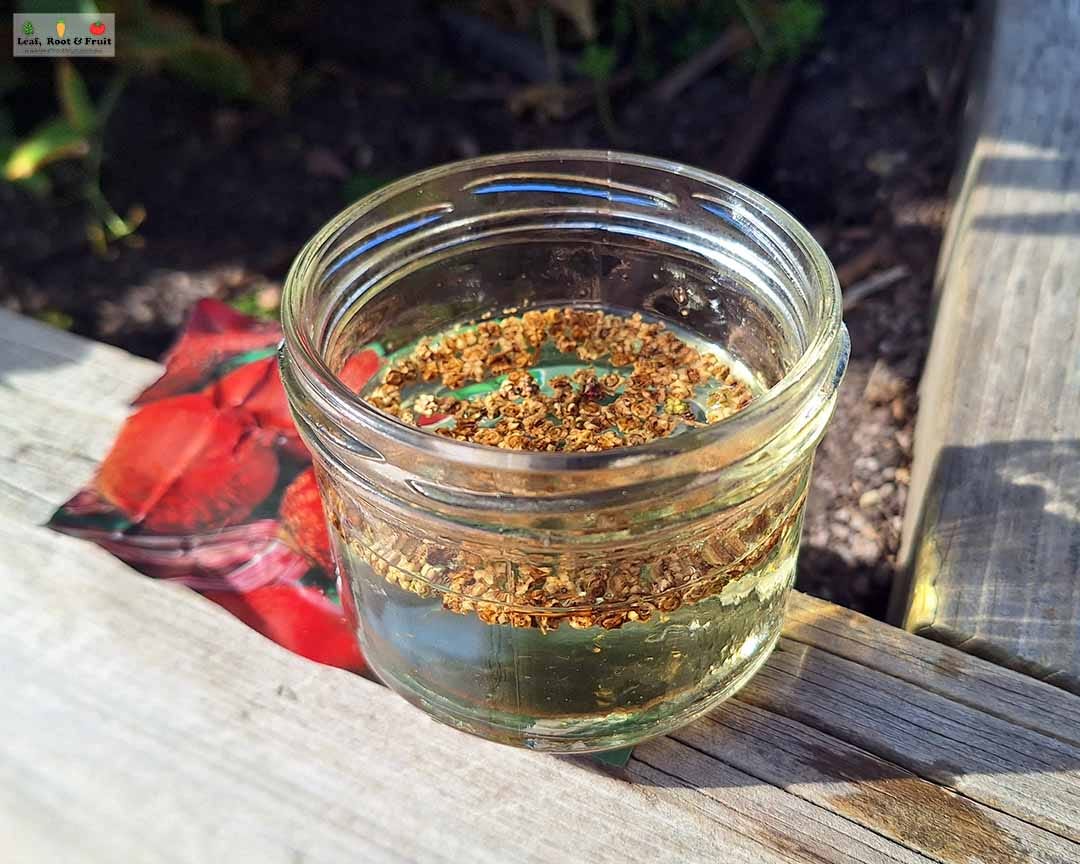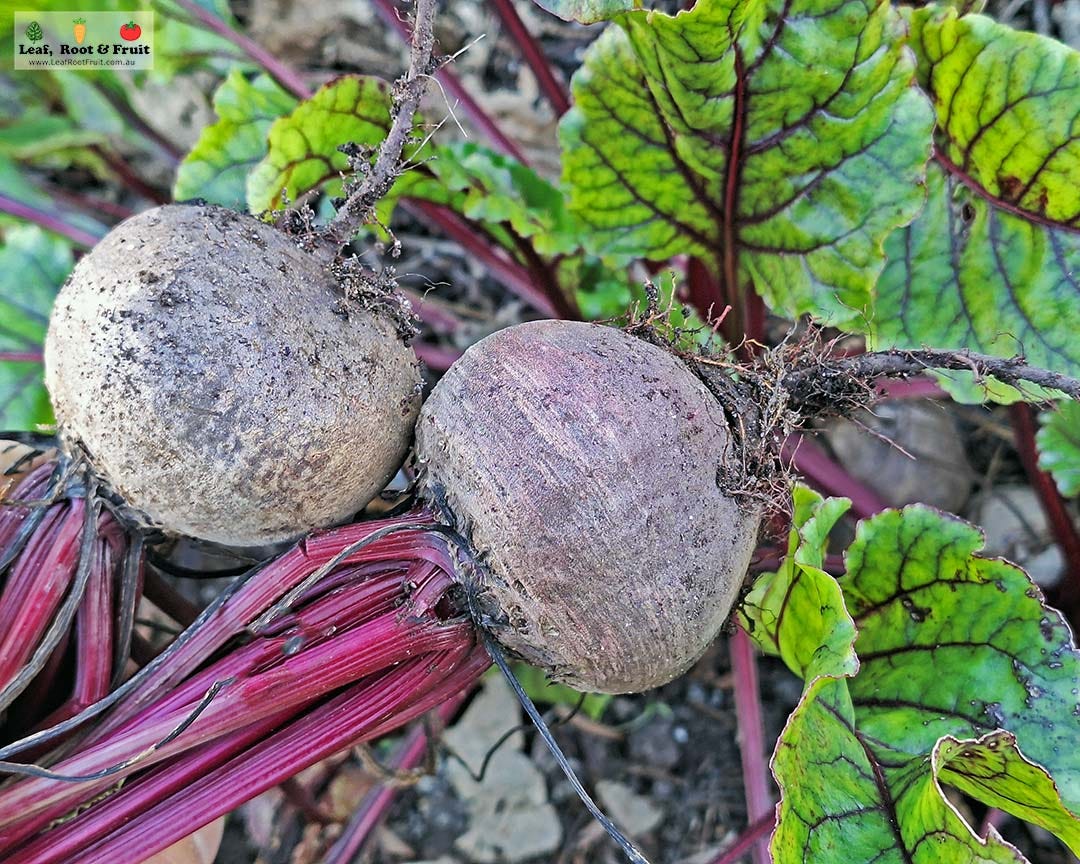Beetroot is possibly the easiest vegetable to grow and so versatile to eat. Now is the perfect time to plant some beetroot seed straight into the soil. Then all you need to do is keep the water up and you’ll be enjoying delicious beetroot for Christmas. A single crop will feed your household for many months.
To me, beetroot is synonymous with Sunday. No, I’m not religious. I’m not part of some bizarre beetnik cult that worships root vegetables. In our household, it’s a given that every Sunday we have a roast dinner. This culinary autopilot means that Sunday night dinner doesn’t need to be planned. And the result is a delicious, tasty, decision-free meal, every Sunday. Well, all right, we still need to decide what meat to pop into the oven: pork or chicken, beef or lamb. But the vegetables that accompany it are determined by what’s in season. Cauliflower and broccoli in winter. Beans and sweet corn in summer. Spuds are essential – you can’t have a roast without potatoes. We can raid our stores of carrots and pumpkin. And for nine months of the year, we can pluck a beetroot or two from the garden. Roasted beetroot are delicious. But you don’t need to limit them to a Sunday roast.
Turn up the beet and grow this versatile and delicious treat
One day, in a moment of culinary experimentation, the kids and I invented fire salad. It must have been late July because the carrots and beetroot were just starting to bolt (more on that shortly). I wanted to use them up before they became tough and woody, so I set some little fingers to work grating the carrot and the beetroot. They threw them together in a bowl and voila! Fire salad was created. Our kids cannot get enough of it: flavour-wise, the two vegetables complement each other well. Just don’t mix them too thoroughly or the orange carrot takes on the red juice from the beetroot and it doesn’t look as pretty. You can use fire salad in wraps and tacos, as a side dish, sprinkled on baked spuds, or on its own as an after-school snack. We make a huge batch and eat it for days.

You can juice beetroot, pickle it and make it into dips. Beetroot, walnut and feta salad is one of my favourite summer salads. You can eat the leaves. Their vivid red veins contrast against the dark green leaves and make a colourful addition to garden salads. You can even use beetroot in baking. One of the best chocolate cakes I ever ate had grated beetroot in it.
Common problems when growing beetroot
A quick online search will reveal dozens of problems that can occur when you grow beetroot. Bacteria can cause root rots and wilt. Viruses can cause beet curly top virus and beet yellows virus. Boron deficiency is a common nutrient deficiency in beetroot, and root knot nematodes can cause stunted growth and root damage.
But I’ve never had any of these problems occur in the beetroot I’ve grown. And I’ve been growing beetroot for years. I never receive questions from readers about beetroot, either. Beetroot is one of the most problem-free vegetables you can grow.
The main problem I have with growing beetroot is that they can bolt. In late winter and early spring they’ll begin to flower. As the flower stalks reach for the sky the bulbous root becomes woody and inedible. The bolting is caused by a phenomenon called photoperiodism. Once it has started there’s nothing you can do about it. Prevention is better than cure and the timing of planting your crops is critical to this.

The following posts in the Vegetable Patch from Scratch series will give you more information:
Myth-busting: Beetroot seeds must be soaked
I’m often asked about soaking beetroot seeds before sowing them. Their corky seed coating means it can take a while for the water to soak into the seed and activate the embryo. But I don’t bother soaking my beetroot seed anymore, as it’s too fiddly. The wet seeds stick to each other, the soil sticks to my fingers, and the jar of seed becomes a dirty mess before I’m halfway through.
In short, it probably won’t do any harm to soak your seeds, but the benefits are not huge either. Read more about soaking all sorts of different seeds before sowing here.

The nitty gritty of growing beetroot: phenology, varieties and planting
Timing
This chart shows the best times to grow beetroot based on my experience of growing these crops in both Melbourne (warm temperate) and Kyneton (cool temperate), both in south-eastern Australia. The timing is applicable for growers in the same climates across the southern hemisphere. Northern hemisphere folks will need to adjust the timing by six months.


